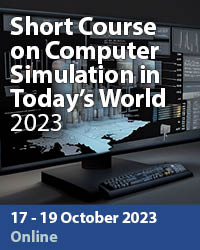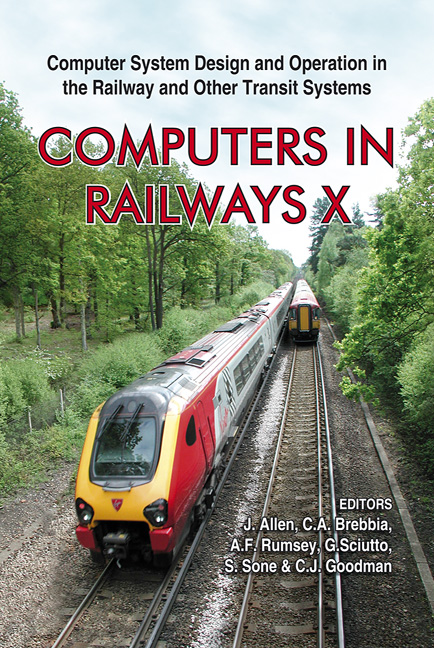Design And Implementation Of Virtual Environments For Planning And Building Sustainable Railway Transit Systems
Price
Free (open access)
Transaction
Volume
88
Pages
11
Published
2006
Size
1,552 kb
Paper DOI
10.2495/CR060041
Copyright
WIT Press
Author(s)
M. Chandramouli, B. Huang, T.-Y. Chou, L. K. Chung & Q. Wu
Abstract
This article explores the application of virtual reality techniques to rail transit systems from the design and training perspective. We present virtual environments for interactive 3D visualization of a rail transit station. We describe the design and implementation of some 3D models, which offer a good level of user-interaction and animation within a common rail transit system. The virtual environments for interactive 3D visualization are modeled using Virtual Reality Modeling Language (VRML), a web standard for creating virtual worlds. Two basic categories of models are discussed in our study. The static 3D models, which are used for planning and design purposes, are based on the object-oriented approach. The dynamic models, which are used for simulation and driver-training purposes, are based on the event-driven approach. Even though a standalone VR application is not capable of a higher level of interaction or animation, using SCRIPT nodes, JavaScript can be embedded in the program to provide additional functionalities. JavaScripting can be used ingeniously to manipulate and control some of the key animation and interpolation nodes to provide powerful functionalities within the VR world. In this study, we integrate the script programming language with virtual reality and elucidate simulations that can be employed for driver training purposes. By employing these visualization and simulation techniques, designers, engineers, planners, and decision-makers can assess the plan beforehand. The virtual worlds serve as immensely useful tools during the design process by helping the designers to position themselves in photo-realistic 3D immersive environments wherefrom the actual scenario can be viewed and modifications made accordingly. Keywords: virtual environments visualization, animation, rail transit systems, object-oriented approach, event-driven approach, object linking and embedding.
Keywords
virtual environments visualization, animation, rail transit systems, object-oriented approach, event-driven approach, object linking and embedding.





